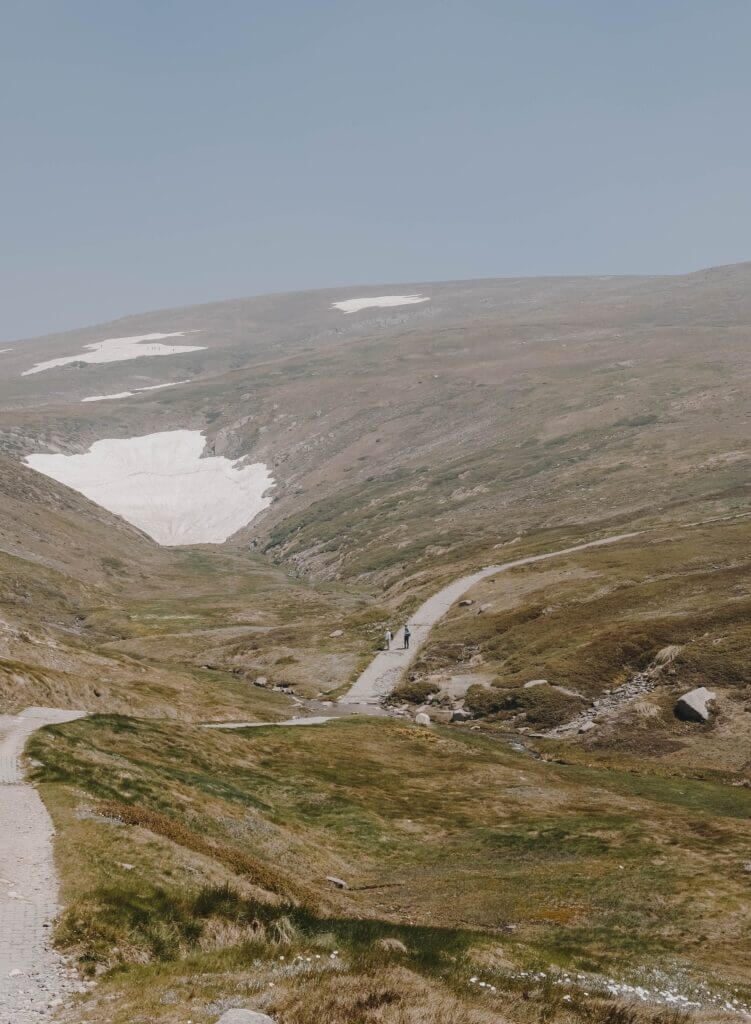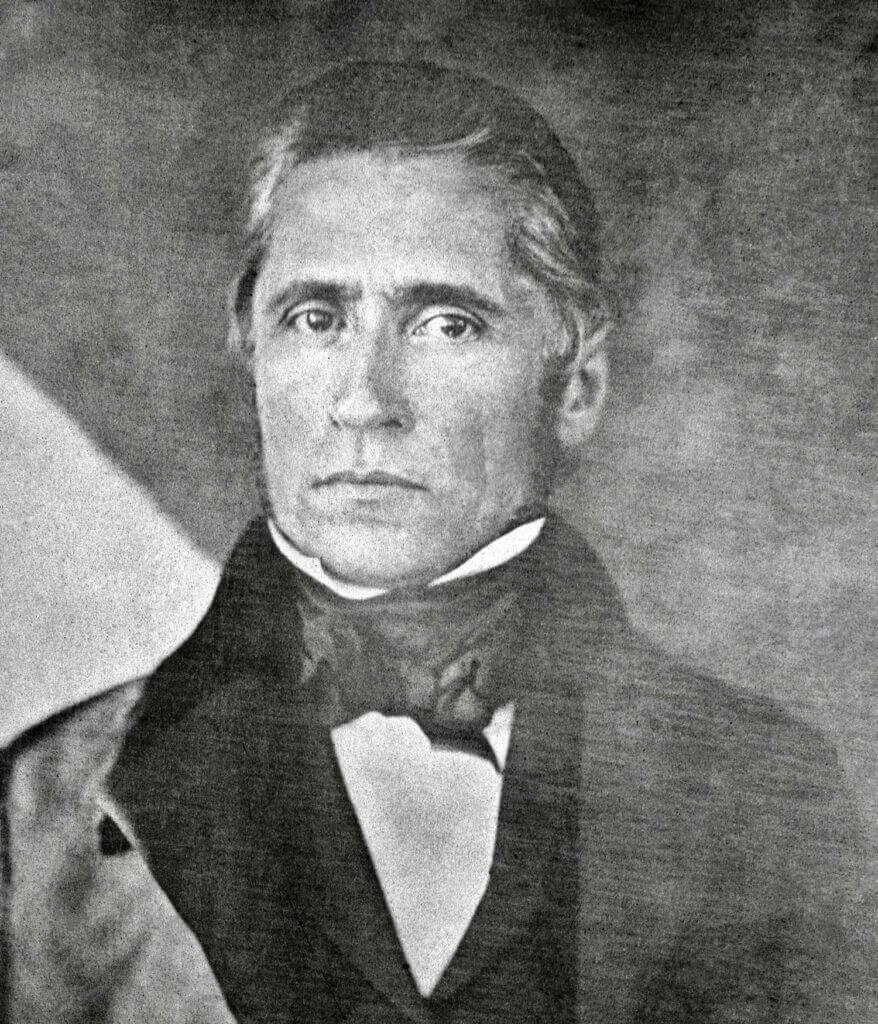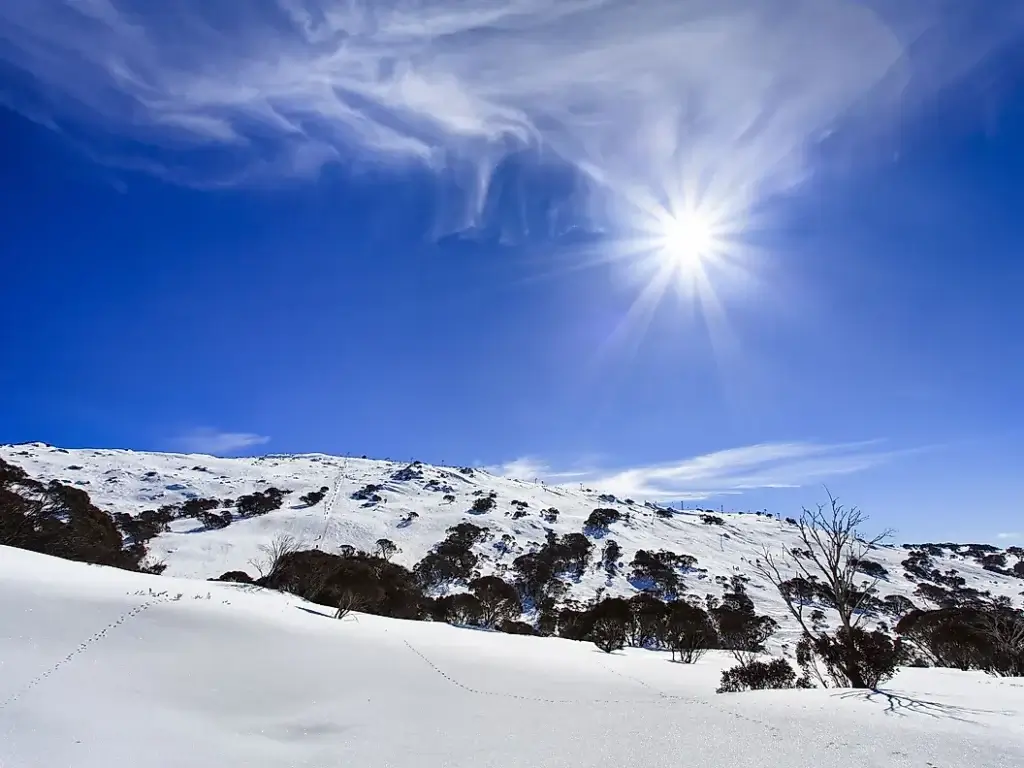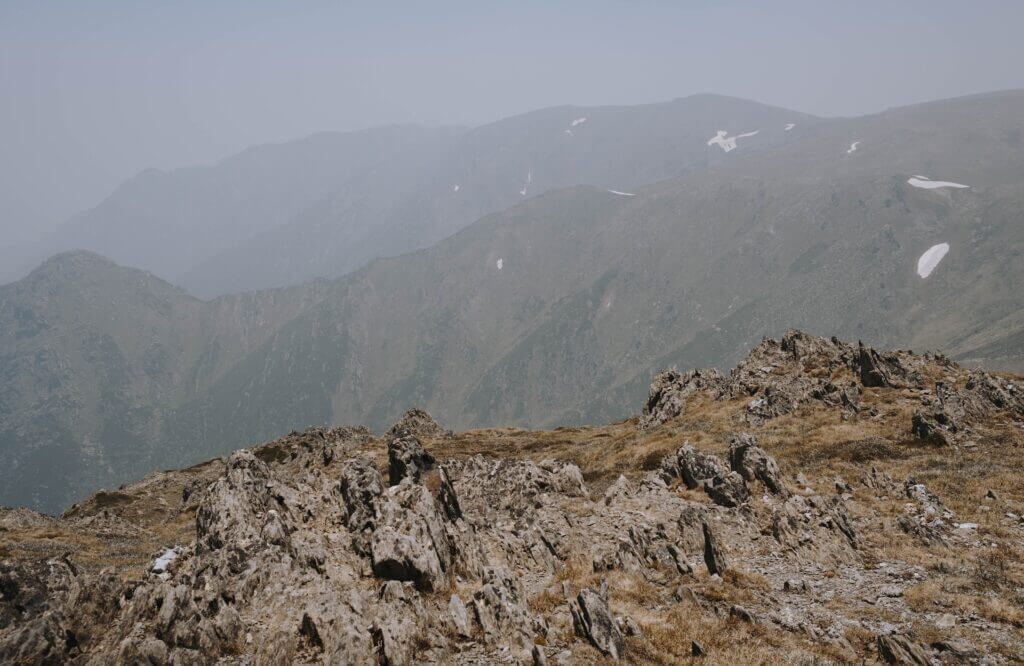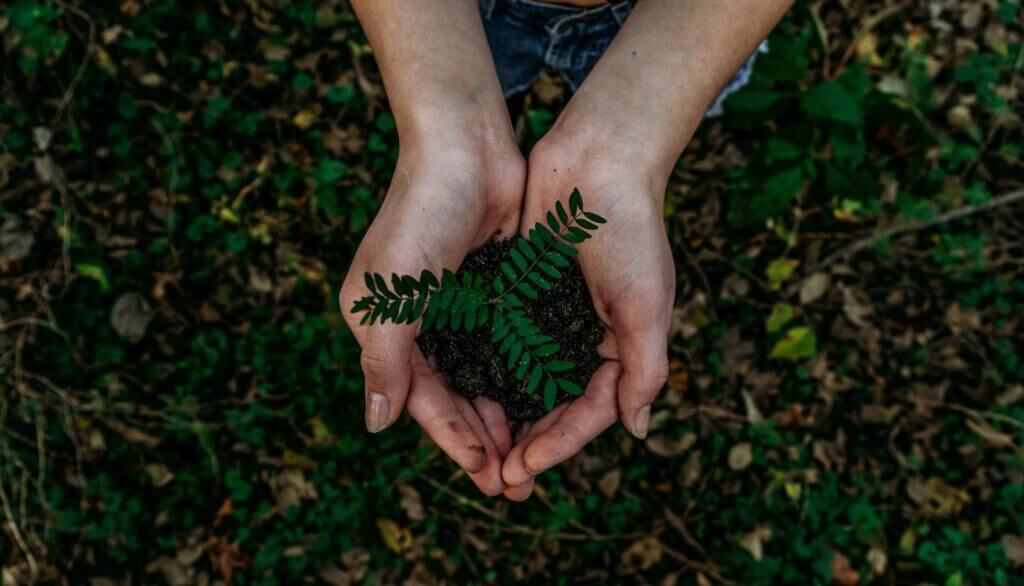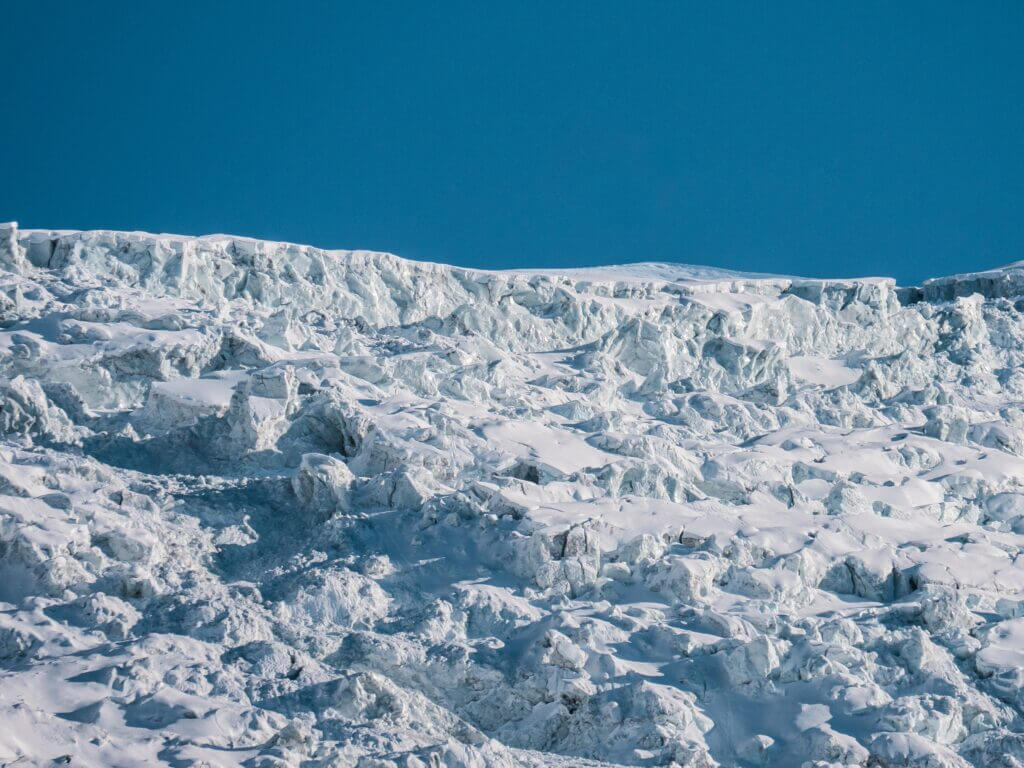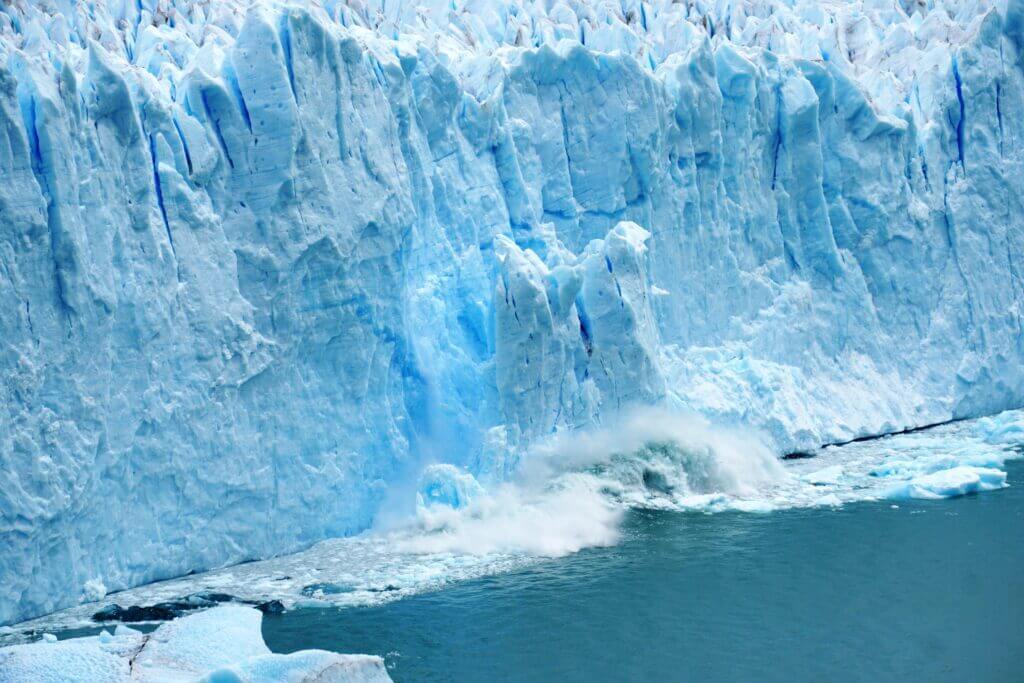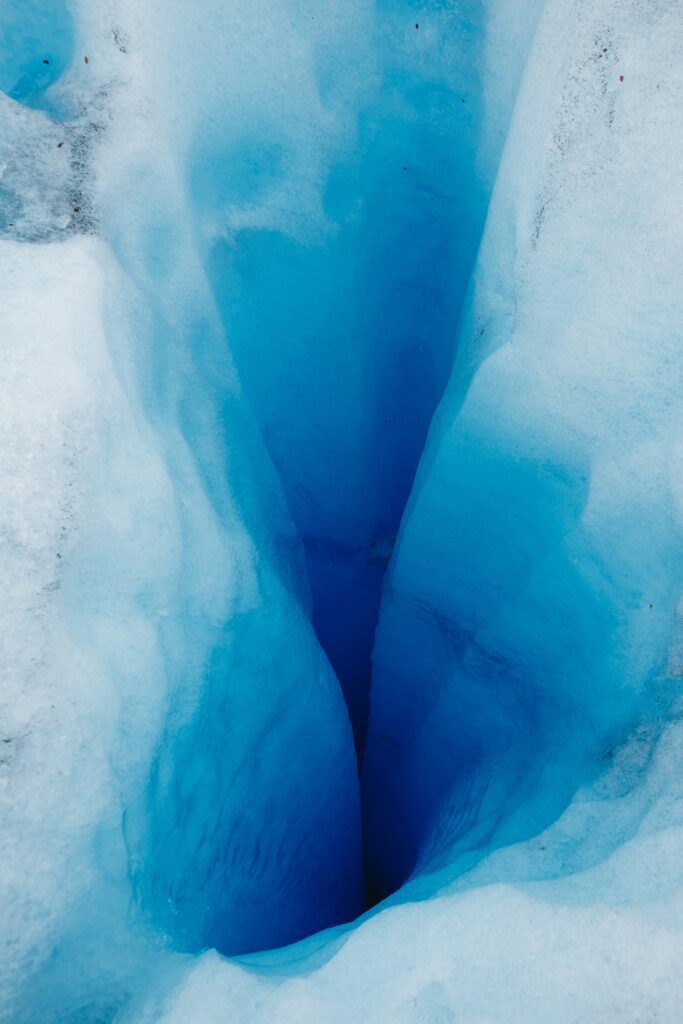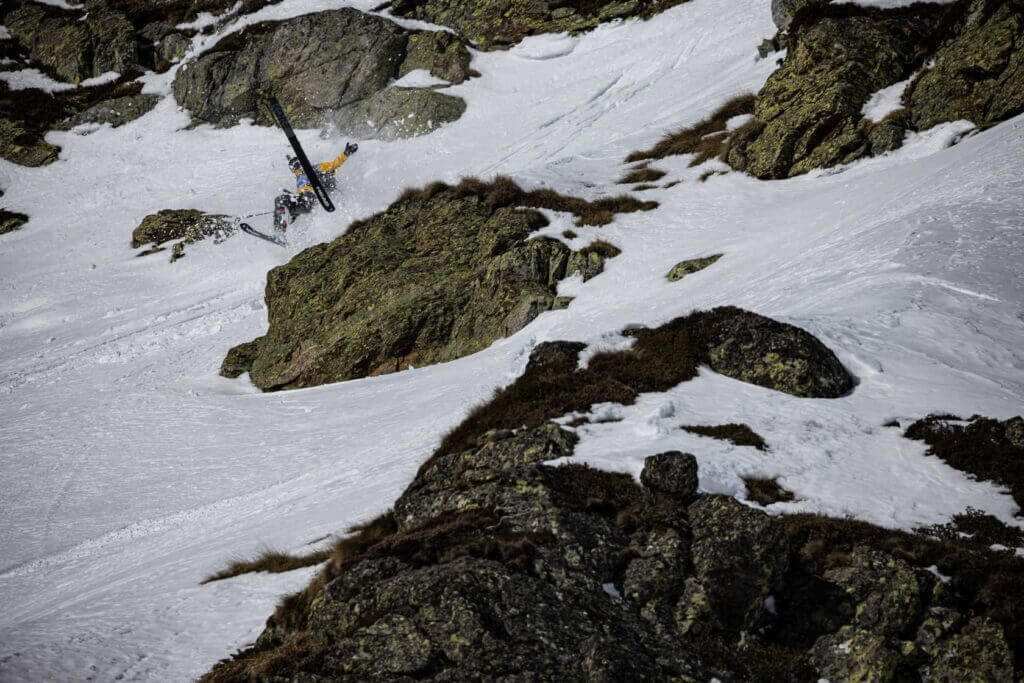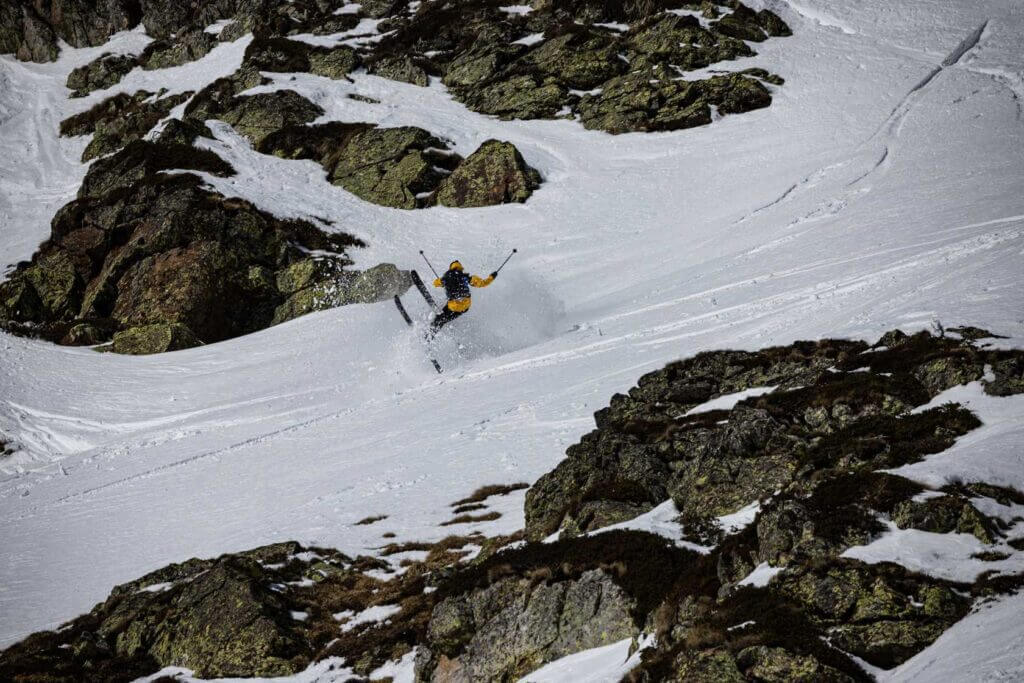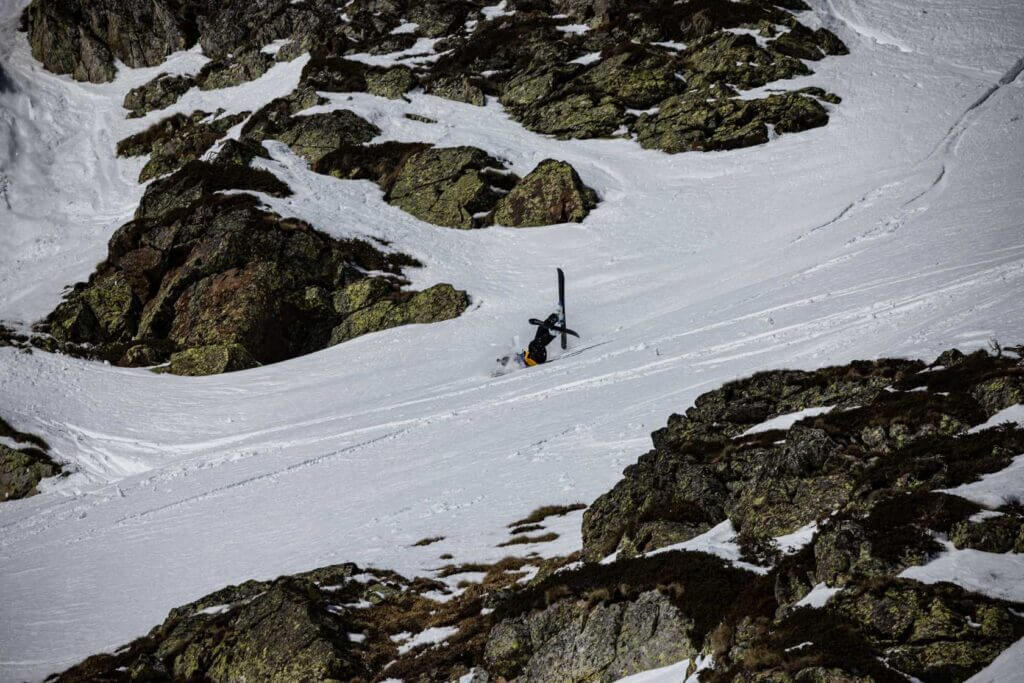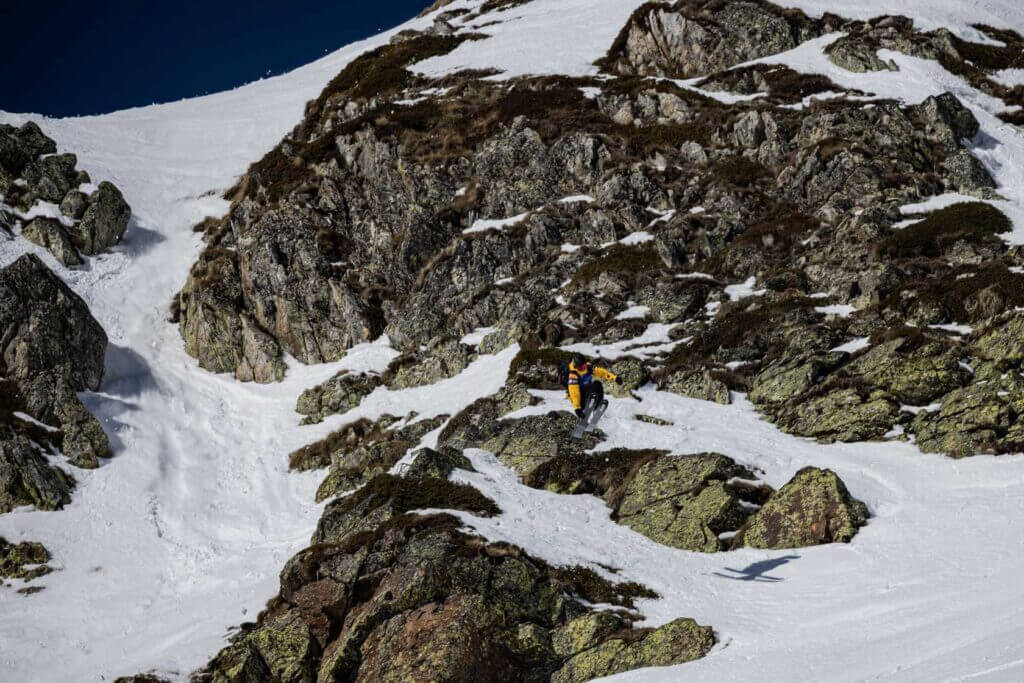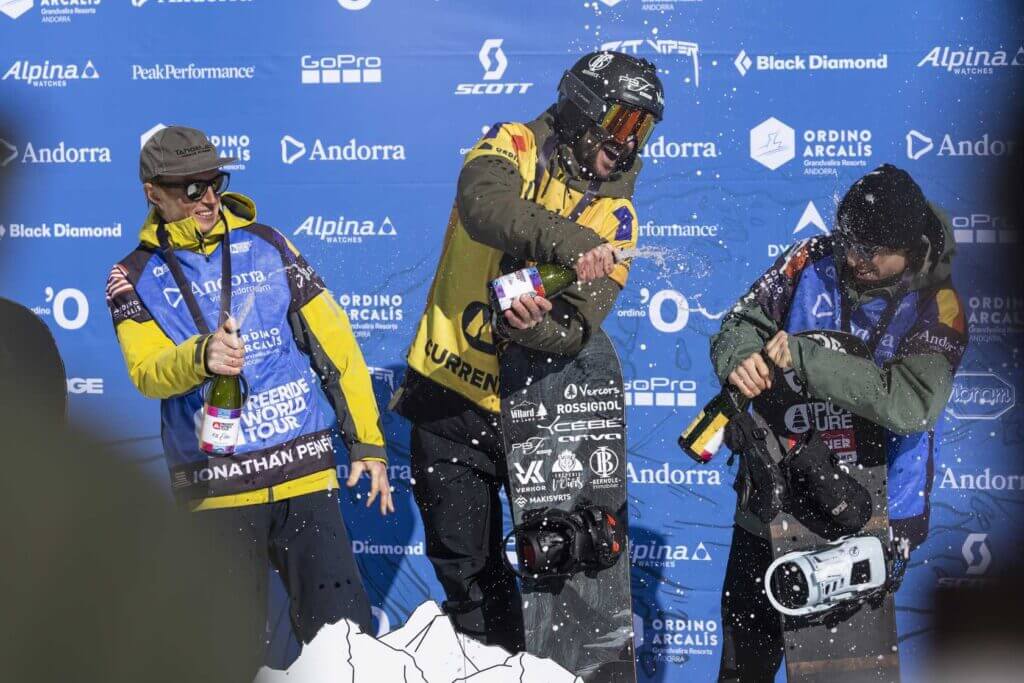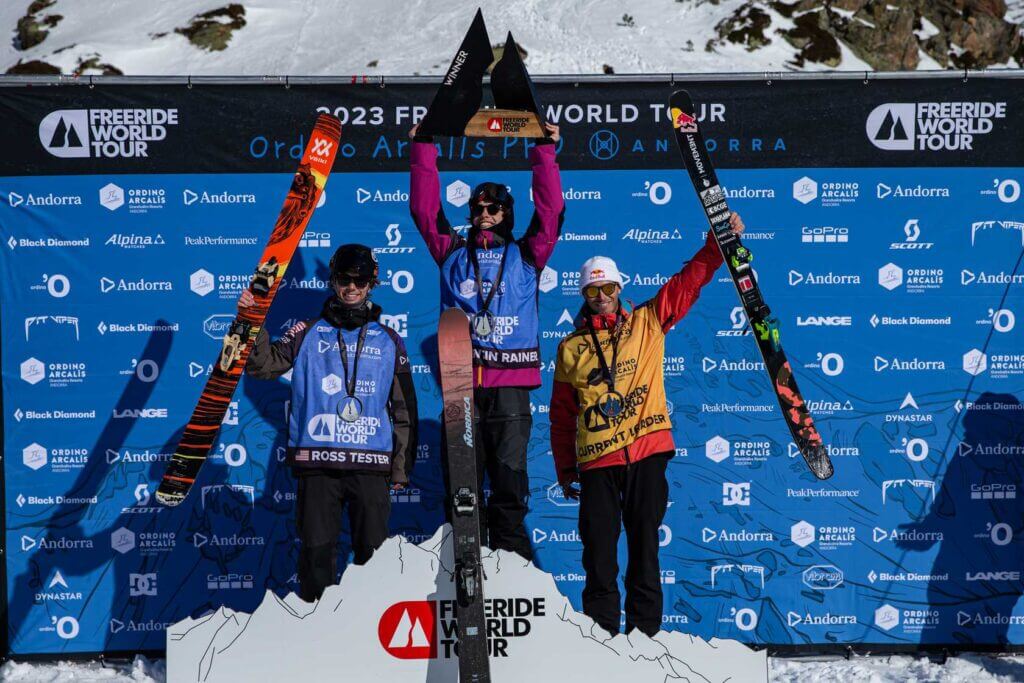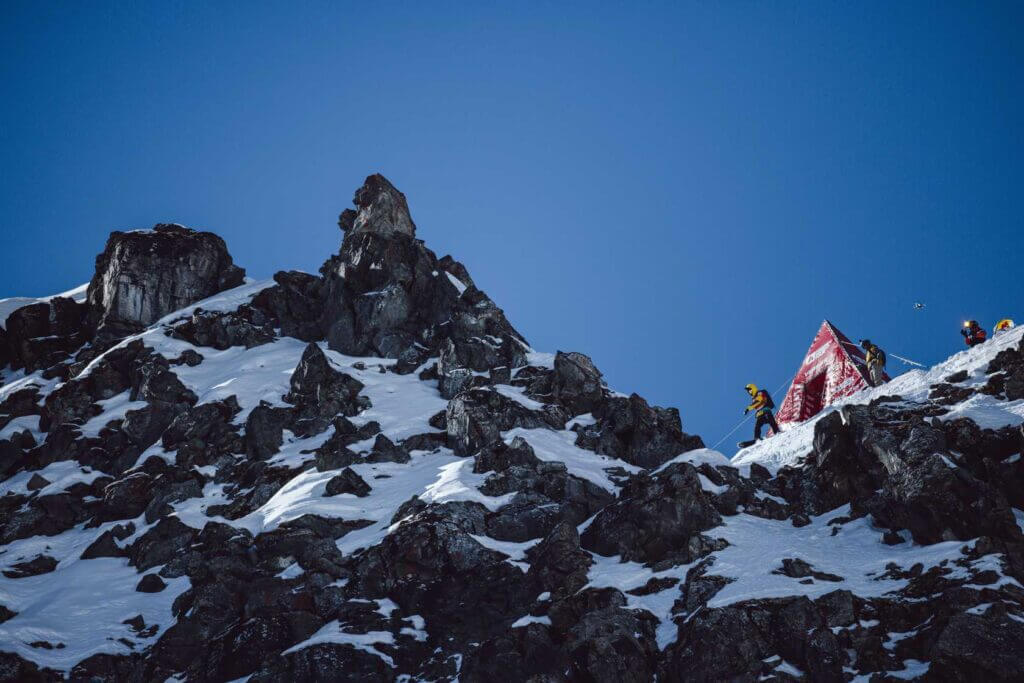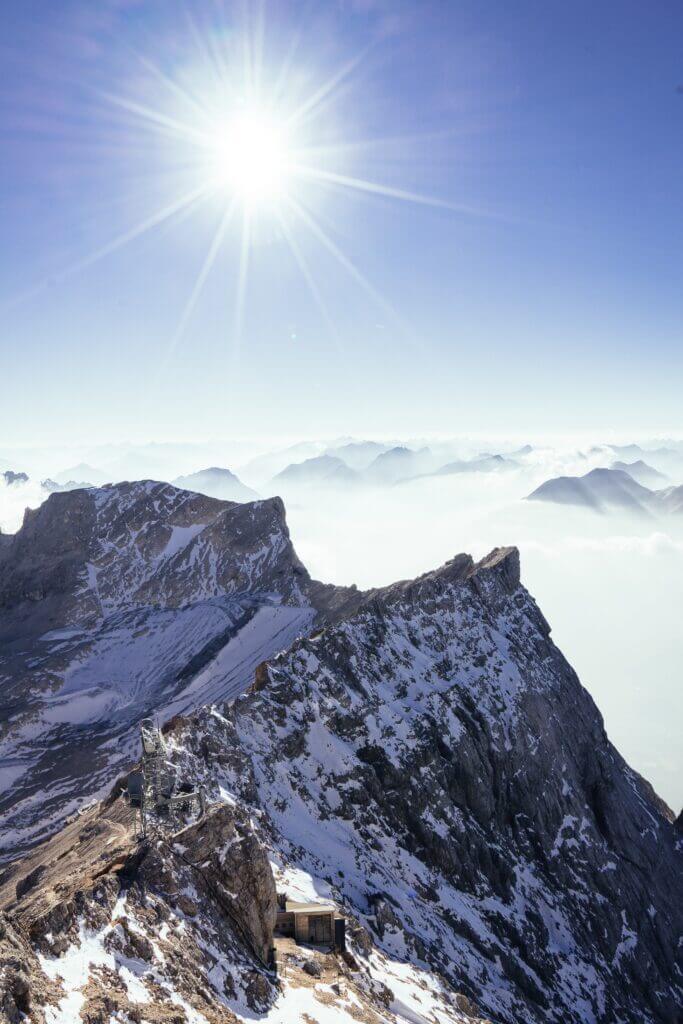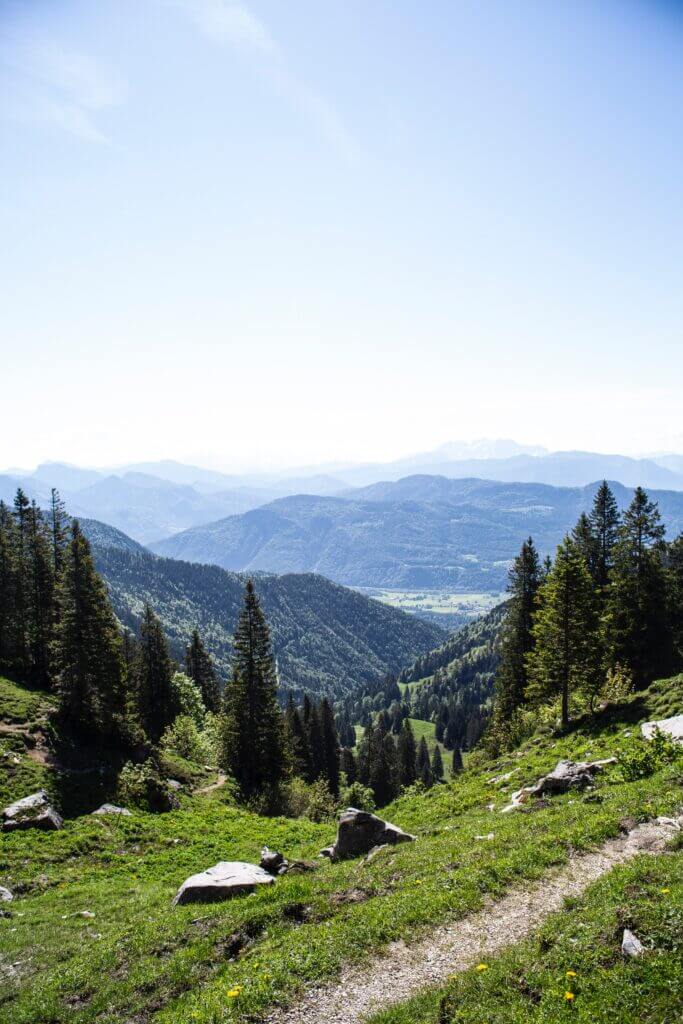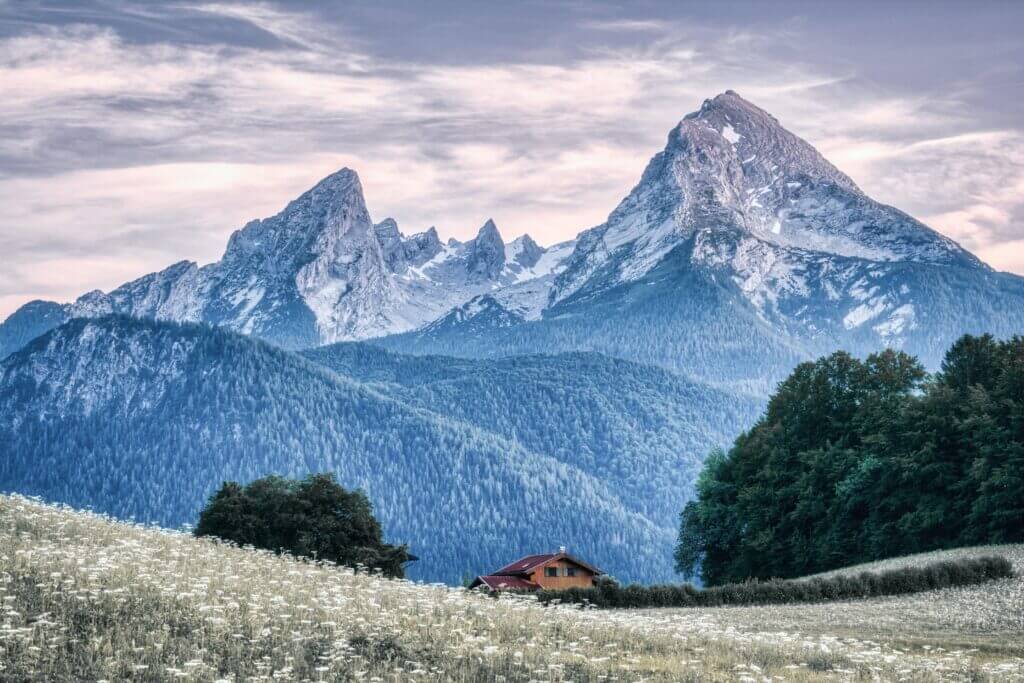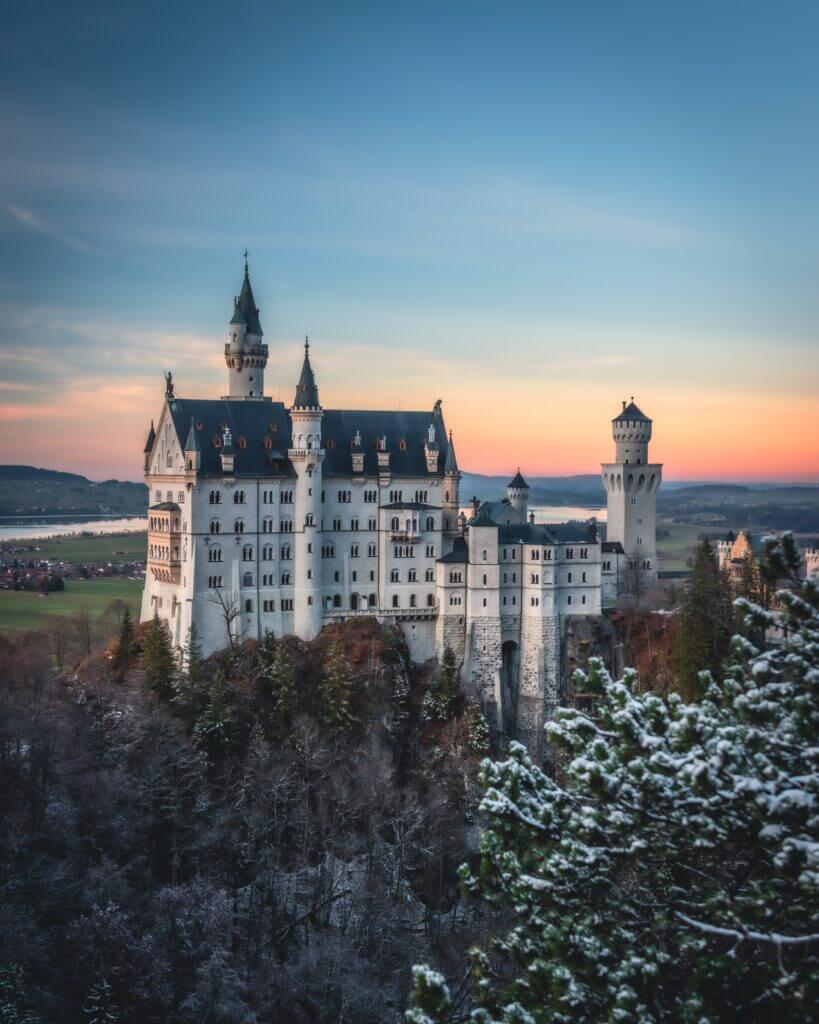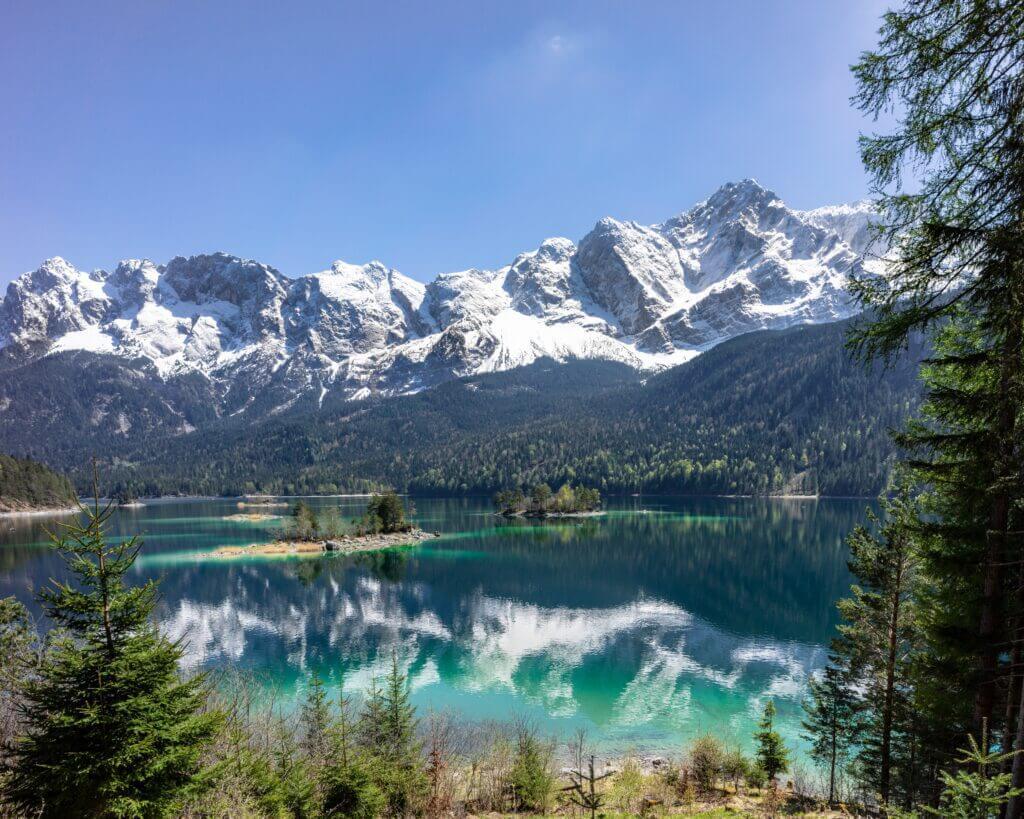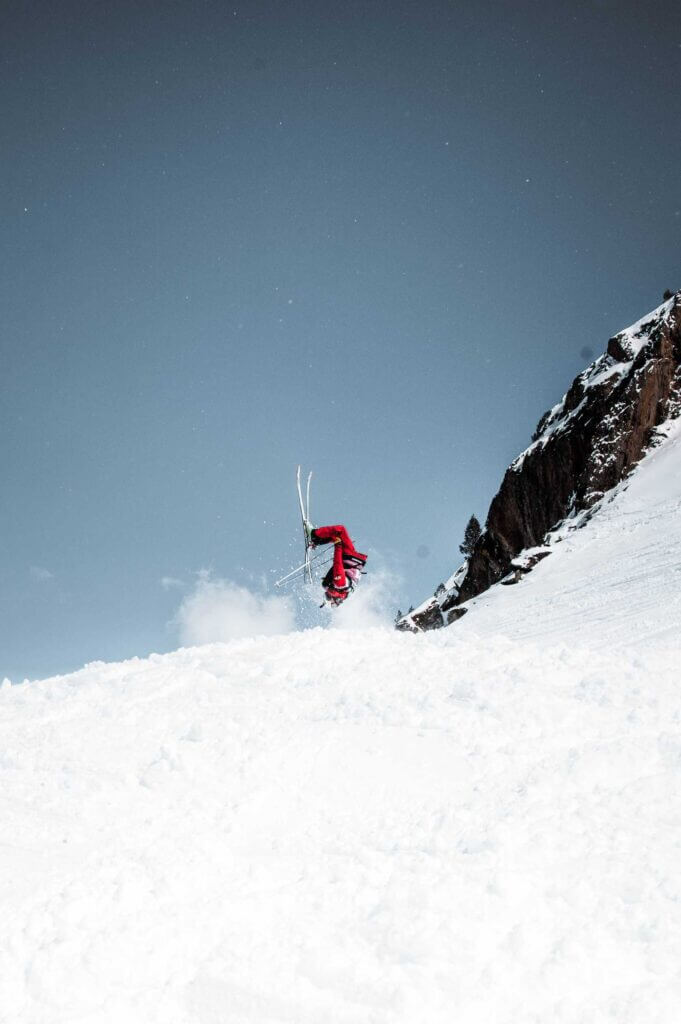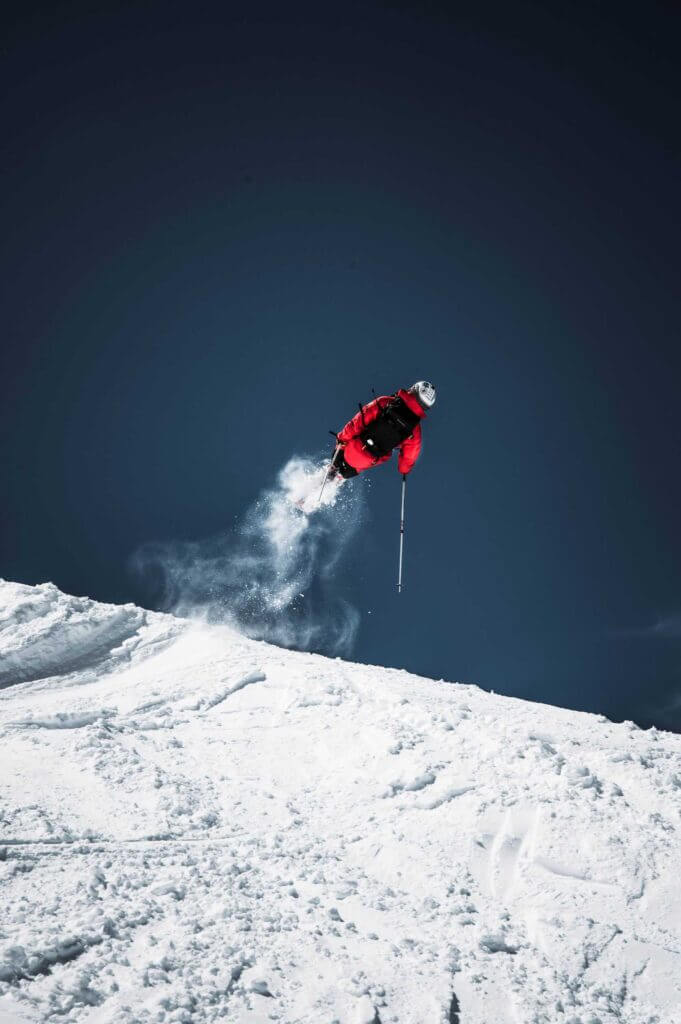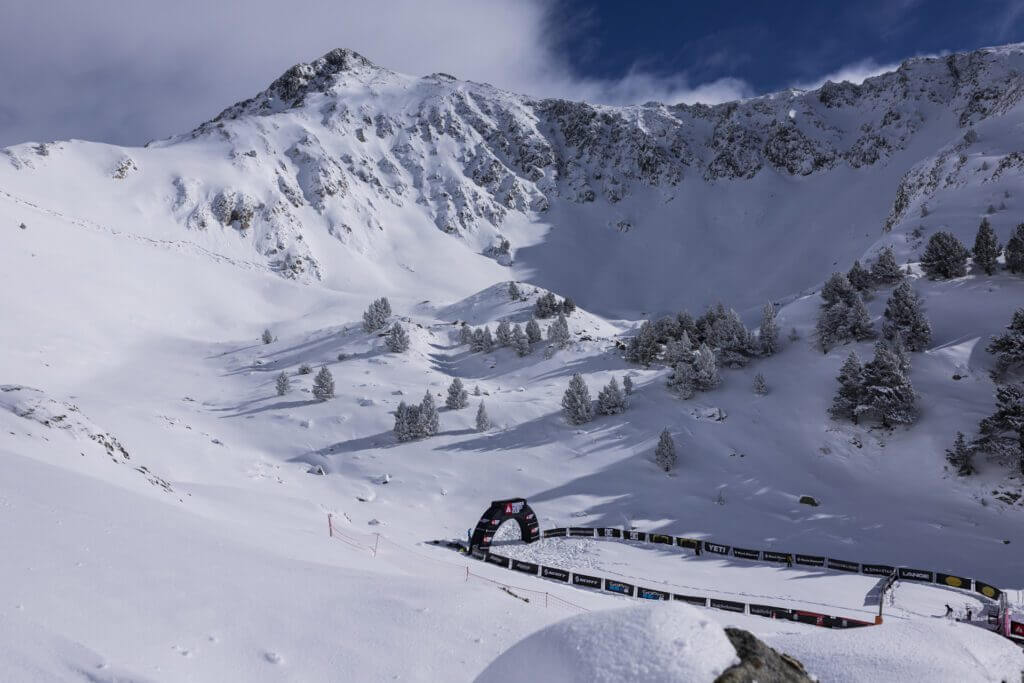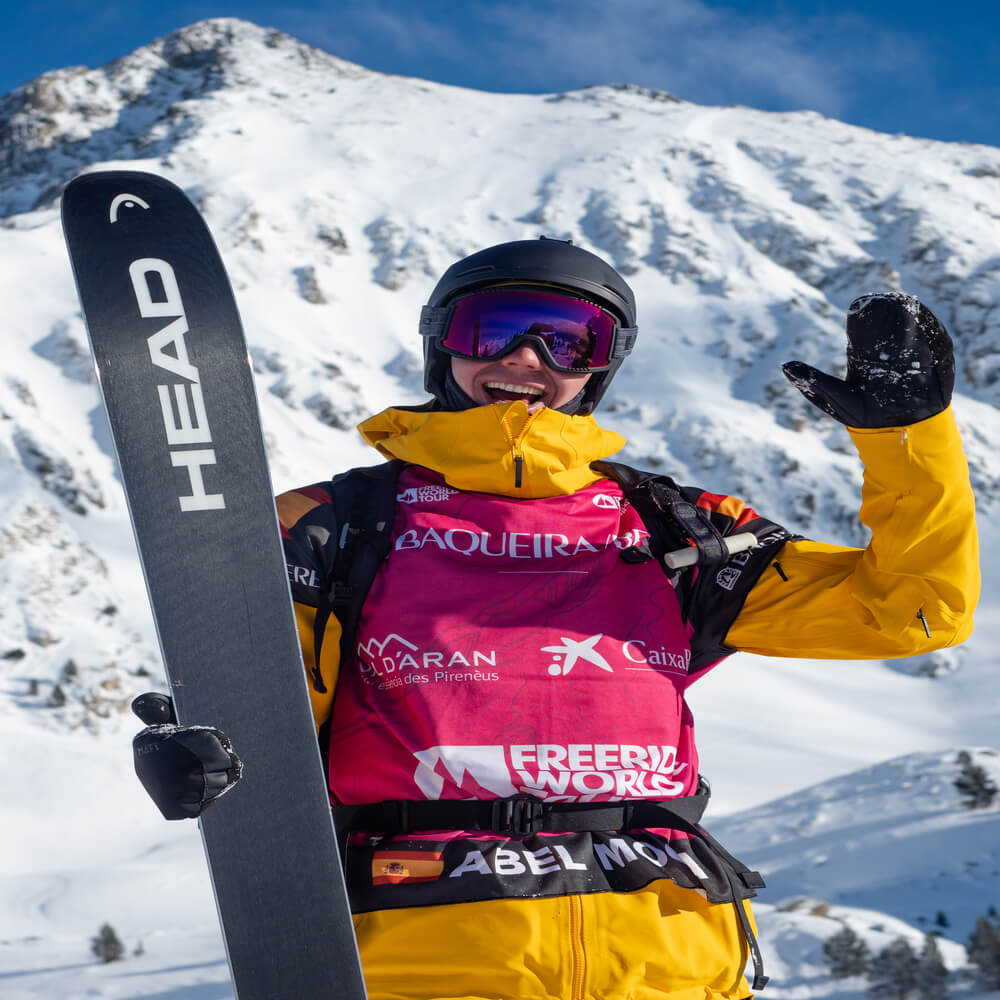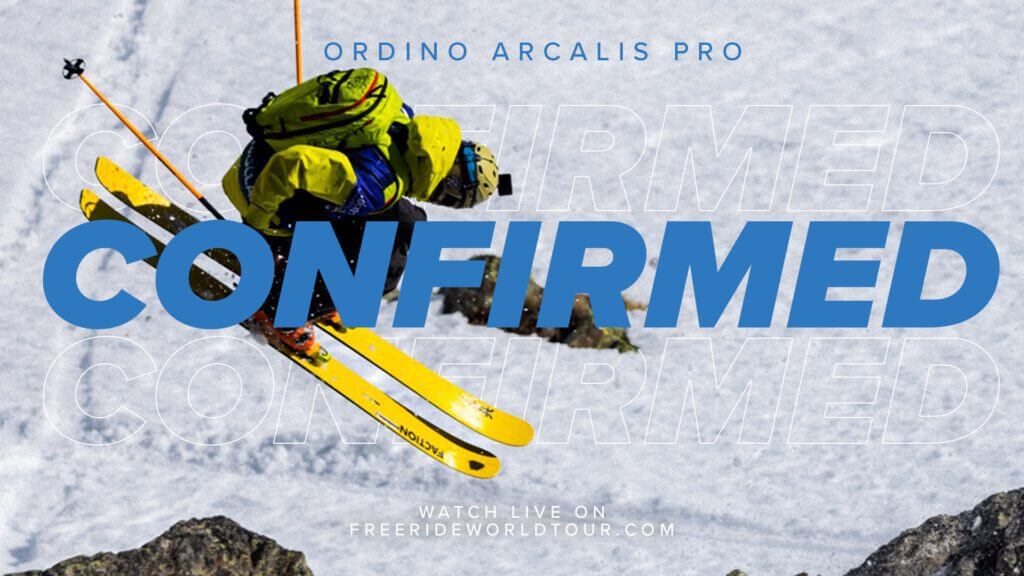What is a glacier?
A glacier is a big, long-lasting collection of ice, snow, rock, dirt, and sometimes water that starts on land and moves downhill because of its weight and gravity. Usually, glaciers are found and can even form in places where:
- The average yearly temperatures are near the point of freezing.
- The amount of snow that falls during the winter is significant.
- Temperatures throughout the year do not cause the previous winter’s snow accumulation to melt away completely.
Over time, the gradual buildup of snow can eventually lead to the formation of a glacier. The size, location, and temperature conditions of a glacier determine its classification (such as ice sheet, ice cap, valley glacier, or cirque glacier). Glaciers are also useful indicators of climate change.
Glaciers, being large pieces of compressed ice, appear blue in colour due to the same reason water appears blue. The blue colour is caused by the fact that water molecules absorb other colours more efficiently than blue and also the lack of air bubbles in the ice. As the pressure increases, the air bubbles in the ice are squeezed out, increasing the density of the ice and giving it a blue colour.
What is a Glacier – How do glaciers form?
For glacial ice to form, a significant amount of snow accumulation is required. This means that more snow must accumulate during the winter than melts away in the summer. While snowflakes are six-sided crystals of frozen water, layers of fluffy snowflakes are not yet considered glacial ice.
As layers of snow accumulate, the snowflakes at the bottom become more tightly packed together. This compression causes the snowflakes to lose their six-sided shape and become more rounded. With enough time, the deeply buried and well-rounded snow grains become very densely packed, expelling most of the air trapped between them. The granular snow grains are known as firn and take around two years to form.
The heavy weight of the overlying snowpack exerts a great deal of pressure on the layers of buried firn, causing them to begin to melt slightly. As the firn and meltwater slowly recrystallize, they form glacial ice. This transformation process can take several decades to hundreds of years, as the rate of glacial ice formation is closely tied to the amount of snowfall. It’s worth noting that the recrystallization process makes glacial ice a form of metamorphic rock.
What is a Glacier – the 2 large families
Constrained Glaciers
Glaciers that are confined by surrounding topography can typically be found in mountainous regions. Examples of such glaciers include:
- Ice fields are large areas of ice that cover less than 50,000 km2. They are shaped by the landscape surrounding them.
- Outlet glaciers are channels of ice that flow out from ice fields or ice sheets. They are limited in width by the valley walls on either side of the glacier.
- Cirque glaciers are masses of ice that form on the side of a mountain. They create a bowl-shaped depression in the rock. These glaciers may continue to grow and move down the slope, potentially forming valley glaciers.
Unconstrained Glaciers

Unconstrained glaciers are masses of ice that are not affected by the surrounding topography or bedrock, unlike constrained glaciers. Examples of such glaciers include:
- Ice sheets and ice caps are the largest expanses of ice. Ice sheets are larger than 50,000 km in size, such as the Greenland and Antarctica ice sheets. Ice caps are similar to ice sheets but smaller than 50,000 km and, like ice sheets, are not constrained by topography. An example of an ice cap is Vatnajökull in Iceland.
- Ice streams are the fastest-flowing bodies of ice, typically found as part of an ice sheet. They are like rivers of ice that flow faster than the surrounding ice. Ice streams are the most efficient way for ice sheets to drain, providing a direct route to the coastal exterior. An example of an ice stream is Pine Island Glacier in Antarctica.
Where can you find Glacial ice?
The vast majority of glacial ice on Earth, 99%, is found within ice sheets in the polar regions, also known as “continental glaciers”. However, glaciers can be found in mountain ranges on every continent except for the Australian mainland. This also includes high-latitude oceanic islands such as New Zealand in Oceania.
Between latitudes 35°N and 35°S, glaciers can only be found in the Himalayas, Andes, and a few high mountains in East Africa, Mexico, New Guinea and on Zard-Kuh in Iran. Pakistan has the most glacial ice in this region with over 7,000 known glaciers. Glaciers cover about 10% of the Earth’s land surface.
Continental glaciers, which include ice sheets in Antarctica and Greenland, cover almost 98% of Antarctica’s 13.2 million km2 (5.1 million sq mi) with an average thickness of 2,100 m (7,000 ft). Additionally, Greenland and Patagonia also have large areas of continental glaciers. The total volume of these glaciers, not including the Antarctic and Greenland ice sheets, is estimated to be 170,000 km3.
Why are Glaciers important in analysing climate change?
Glacial ice is the largest source of fresh water on Earth, holding about 69% of the world’s freshwater in ice sheets.
Glaciers in temperate, alpine and polar climates store water as ice in colder months. They release meltwater as temperatures rise in summer. This is a vital water source for plants, animals, and humans when other sources may be scarce.
However, in high-altitude and Antarctic environments, the seasonal temperature difference is often not sufficient to release meltwater.
Because glacial mass is affected by long-term changes in climate, such as precipitation, temperature, and cloud cover, changes in glacial mass are considered one of the most sensitive indicators of climate change and can greatly impact sea levels.

